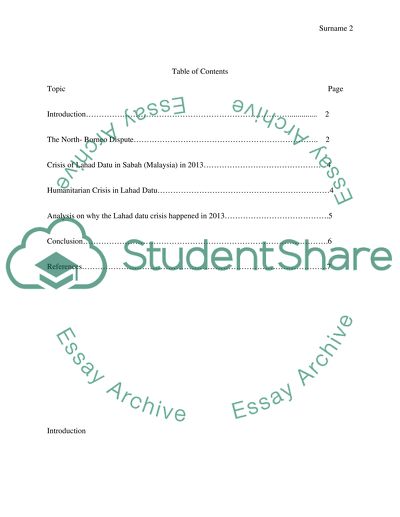Cite this document
(“The Territorial Dispute On Sabah In Terms of Phillipinies-Malaysia Research Paper”, n.d.)
The Territorial Dispute On Sabah In Terms of Phillipinies-Malaysia Research Paper. Retrieved from https://studentshare.org/history/1482289-the-territorial-dispute-on-sabah-in-terms-of
The Territorial Dispute On Sabah In Terms of Phillipinies-Malaysia Research Paper. Retrieved from https://studentshare.org/history/1482289-the-territorial-dispute-on-sabah-in-terms-of
(The Territorial Dispute On Sabah In Terms of Phillipinies-Malaysia Research Paper)
The Territorial Dispute On Sabah In Terms of Phillipinies-Malaysia Research Paper. https://studentshare.org/history/1482289-the-territorial-dispute-on-sabah-in-terms-of.
The Territorial Dispute On Sabah In Terms of Phillipinies-Malaysia Research Paper. https://studentshare.org/history/1482289-the-territorial-dispute-on-sabah-in-terms-of.
“The Territorial Dispute On Sabah In Terms of Phillipinies-Malaysia Research Paper”, n.d. https://studentshare.org/history/1482289-the-territorial-dispute-on-sabah-in-terms-of.


